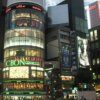Tokyo weather could be called a humid subtropical climate, and as the local Japanese love to tell people, Japan is a land of four distinct seasons.
So we’ve gone with the protocol here and categorized the Tokyo climate into four seasons. However, some might argue that the Tokyo weather consists of five seasons if you add a rainy season just before summer.
Summer Weather In Tokyo (June-August)
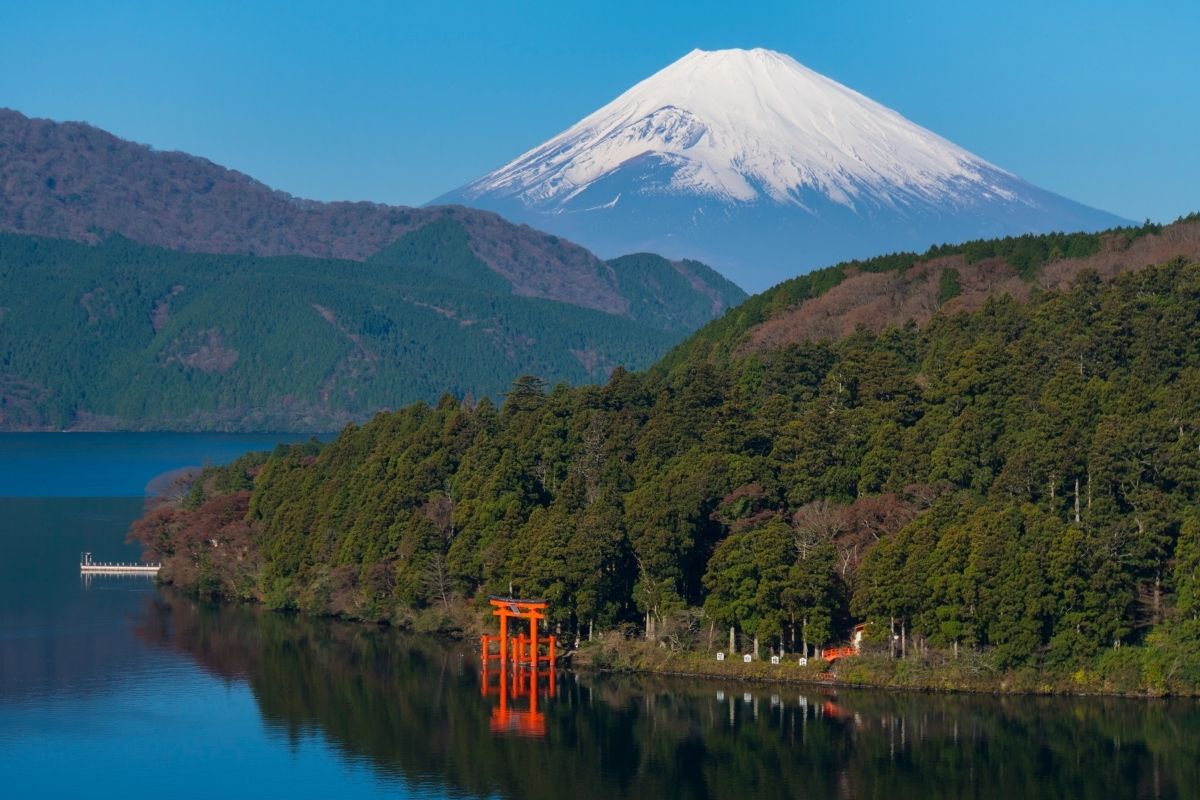
The Japanese summer begins in June with the rainy season, which lasts between three weeks to one month. Although it doesn’t rain every day, rain can be heavy, and an umbrella is recommended. Some consider the rainy season as a separate season in the Tokyo climate.
Tokyo’s weather becomes extremely hot and humid when the rainy season ends. The high humidity can make you feel uncomfortable and exhausted.
Tokyo city’s population is a significant contributor to the high temperatures. Tokyo has been referred to as an example of the relationship between urban growth and climate. Since the Tokyo population is so dense, it has contributed a few degrees to the climate. Grounds covered with concrete and asphalt keep the heat even during the night, and continuously working air-conditioning systems produce artificial heat 24 hours a day.
Mosquitoes are another problem during the wet season, generally in parks and gardens. You rarely find them in the urban areas in central Tokyo.
Tokyo Autumn Weather (September-November)
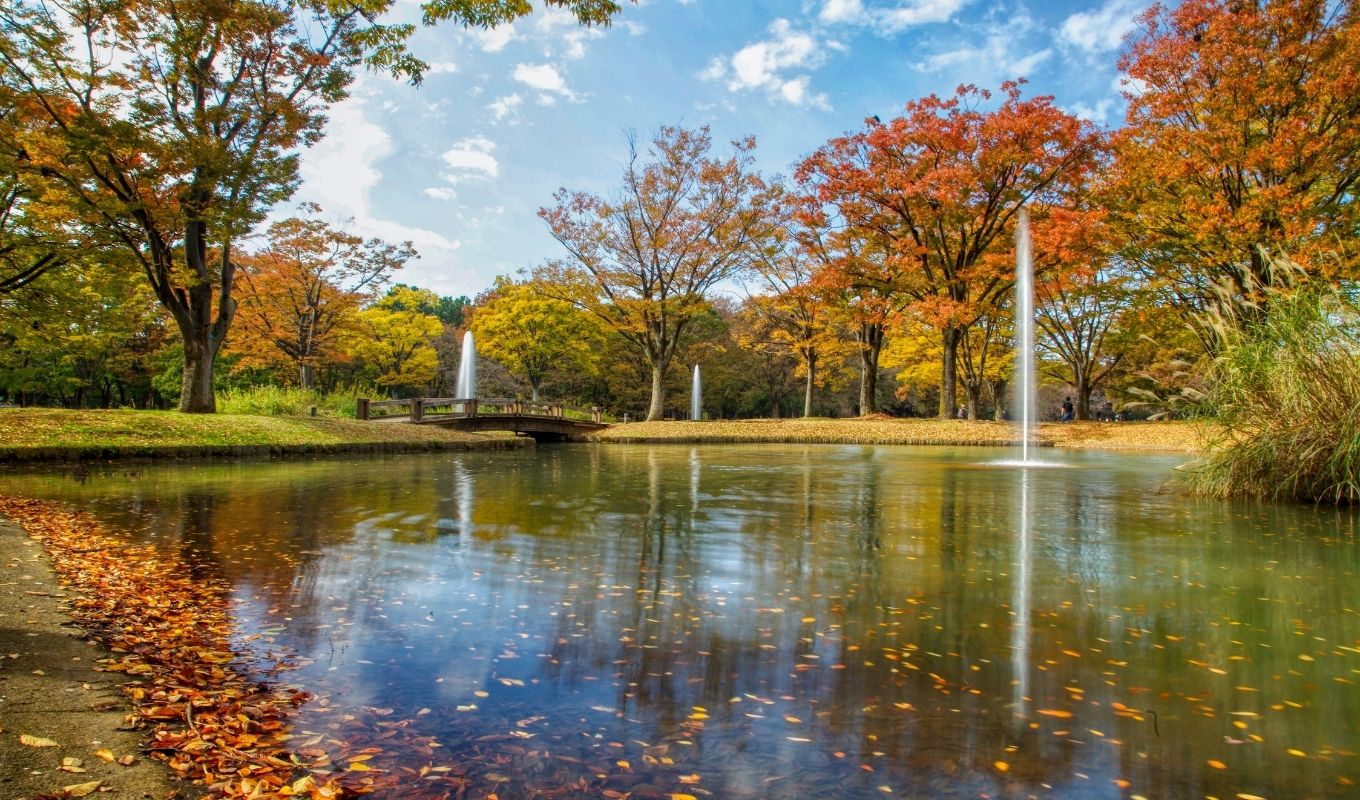
Autumn is my personal favorite Tokyo weather. In October, Weather forecasts typically predict pleasant temperatures and a clear sky. Some days can be colder, and the temperatures at night drop significantly. Fall foliage in Tokyo is at its best during November when magnificent fall colors paint the parks and gardens with a stunning blend of red and yellow.
Tokyo suffers from natural hazards like typhoons; September is the typhoon season. Few of them are strong. Usually, it ends with some hard-hitting winds. If you are visiting Tokyo at this time of the year, I recommend paying attention to weather forecasts and taking into consideration changes to public transport timetables.
What Is Winter Weather Like In Tokyo (December-February)
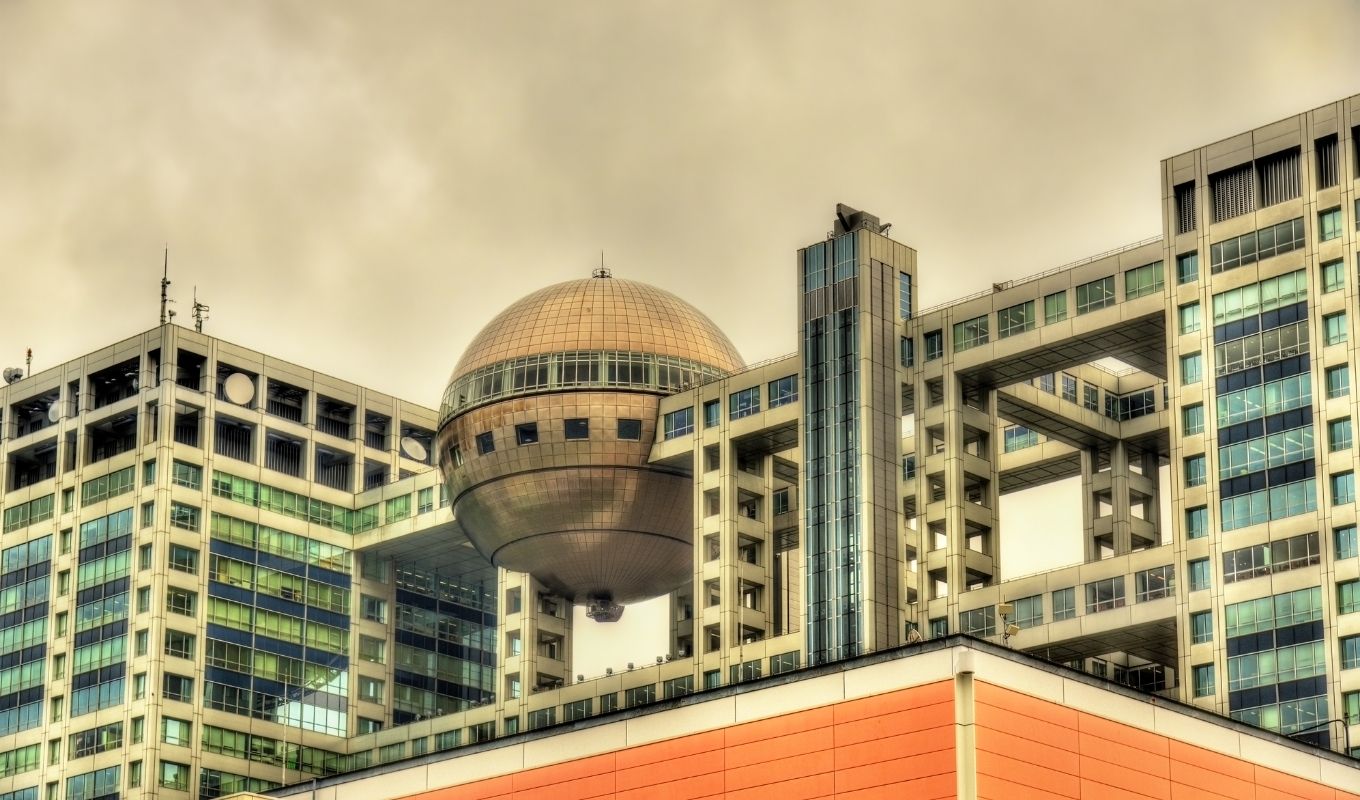
Winter temperatures are around 5 to 10 degrees Celsius or 40 to 50 degrees Fahrenheit. These temperatures require planning ahead by packing winter clothes suitable for this climate (see my ultimate packing list for Tokyo ). Tokyo winter can also be very dry and give your skin a hard time. Snowfall in Tokyo is infrequent but does occur.
Spring (March-May)
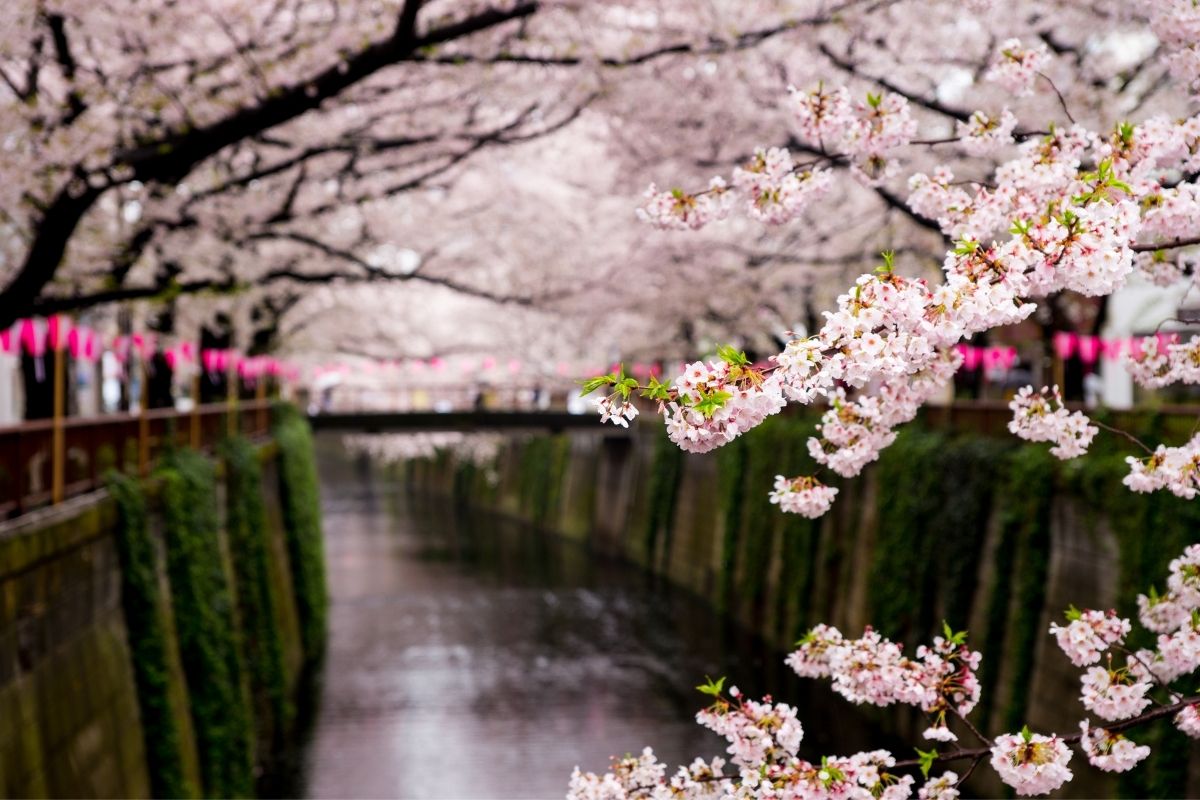
Springtime is a glorious time to visit Tokyo. Japan’s famous tree blossom starts, beginning with plum trees in March and continuing to April when the last cherry blossom in Tokyo drifts to the ground.
Weather forecasts include reports on the advance of the sakura zensen (cherry blossom front). The Meteorological Agency and the media follow the “cherry blossom front” as it slowly moves northward.
To the Japanese, cherry blossoms signal the start of spring. Japanese flock to parks and temples to celebrate, where they gather under the blossoms to eat, drink, and celebrate.
See More: Tokyo Cherry Blossom Festival Essentials

